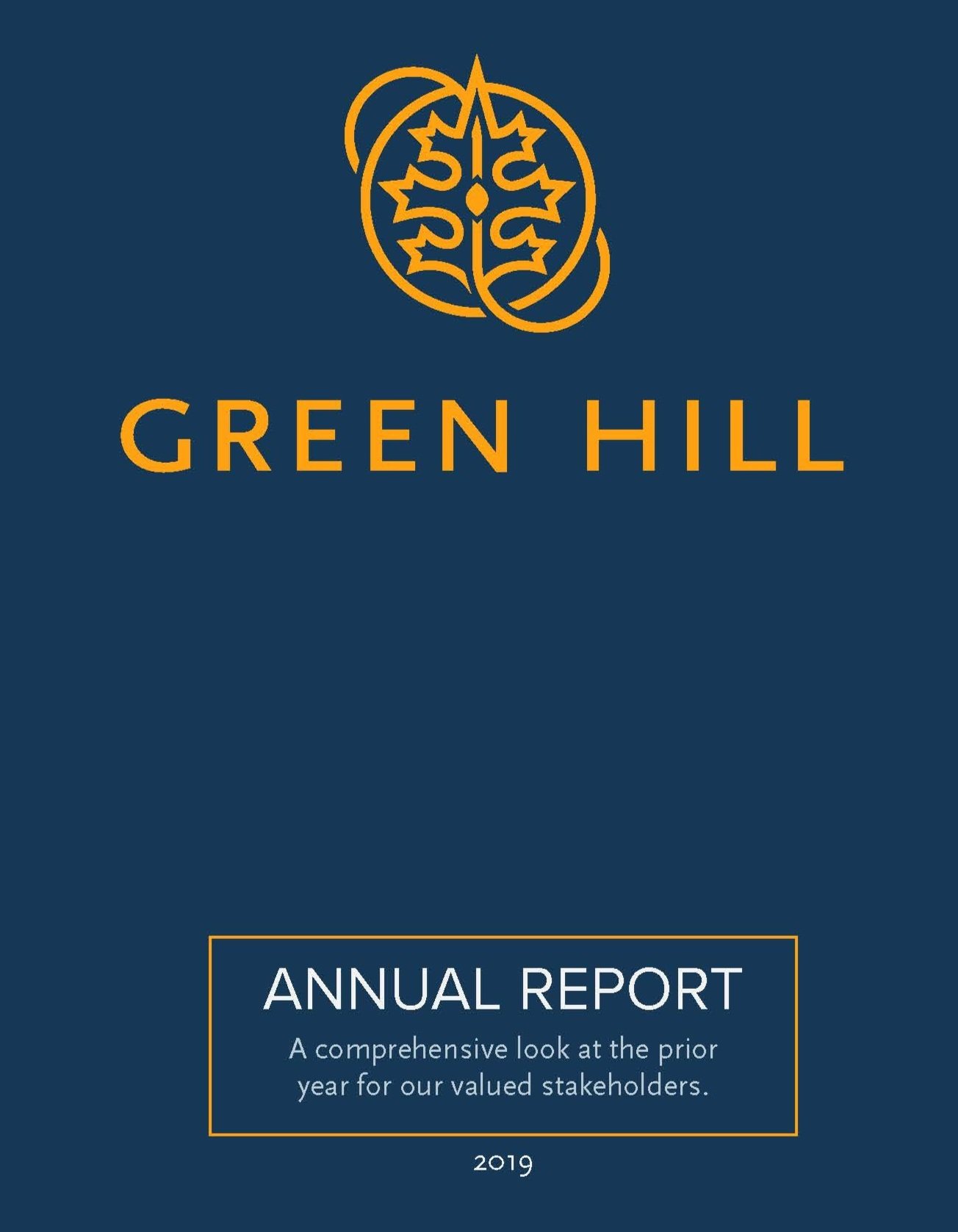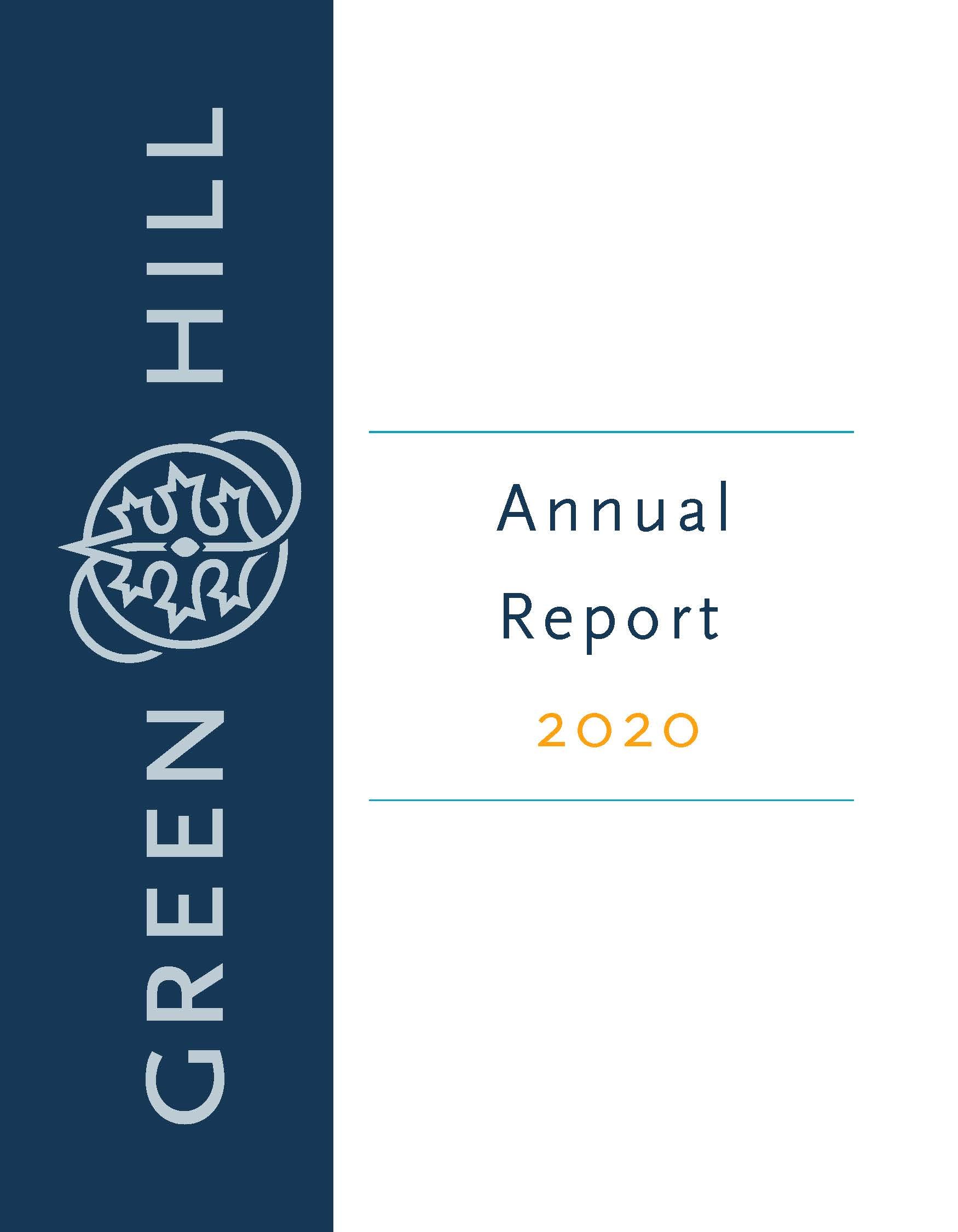the history of green hill + advaita integrated medicine [strategic plan part 1]
Where are Green Hill Recovery, Advaita Integrated Medicine (AIM), and Advaita Health Ventures (AHV) going? Before answering that, we must reflect on what got us to this point. This “history” isn’t an objective, third-party account of the past five years of Green Hill and the past eighteen months of AIM. This account is written from my perspective, meaning other folks’ understandings and experiences vary. Hopefully, sharing my knowledge of our history will allow me to shape and communicate the vision for our future more effectively.
I left law school to co-found Green Hill Recovery in 2017. To say I was unprepared is an understatement. My co-founder had the initial vision for Green Hill based on the experiences of our close friends, some of whom went to treatment and others who tragically died from substance use disorders. Long story short, we set out to build a program that provided substance use treatment, structured sober living, and wrap-around academic and vocational support. Our thesis was simple: you shouldn’t have to choose between starting your recovery journey and pursuing educational and career goals.
2017-18
The first year was brutal, and the business partnership didn’t last. I planned to build out the program and run daily operations while my partner focused on marketing and finance. Unfortunately, Green Hill did not enter the market well, and we had to make drastic changes to survive. I became the CEO and began focusing on building relationships in the field while my partner focused behind the scenes on finance. Ultimately, we disagreed on the vision, values, and steps necessary to build a high-quality treatment program (also a business, mind you) and parted ways. Eventually, Green Hill found its groove, but not before suffering its first near-death experience.
2019-2021
When I became the majority owner of Green Hill, I committed to operating from a values-based perspective. Financial performance is necessary (no money, no mission – right?), but financial success should be a byproduct of the value created. When I took over, we made many decisions that were in the best interests of our clients and the company's long-term mission but not in our short-term financial interest. Things got scary (low census and very few referrals), and there was a time when I had to frantically transfer my savings into Green Hill’s account to make payroll. Our census rebounded shortly after, and we were off to the races.
At this point, I had a new business partner, one of my best friends from West Point, and a hungry, albeit inexperienced, leadership team. We went through forming, storming, and norming phases as a group, and now we were performing. We received our Joint Commission accreditation, opened a community-based intensive outpatient program, went in-network with Blue Cross Blue Shield, moved to a larger clinical office, and added additional housing. Our culture was stellar, as evidenced by zero regrettable resignations, and we had solidified ourselves as a nationally recognized transitional living program.
From a business perspective, we were rocking and rolling. But I wasn’t satisfied with our model of care or value proposition…
interlude: why adavaita integrated medicine? quality, access, and affordability
You're quite privileged if you contemplate the impact you’d like to make on the world. I’m one of those folks. I came across the concept of effective altruism, which aims to do the most good with your resources (time + money). “Effective altruism is a research field and practical community that aims to find the best ways to help others, and put them into practice.” In addition to wanting to build the best program (and company) possible, I questioned whether our work lived up to the ideals of effective altruism. It felt like we figured out the private pay treatment landscape. We could continue building services for the top 1%, but I wondered: does the world need more of what Green Hill provides? This line of inquiry led me to research the ontological tenets of substance use treatment, behavioral health, and healthcare more generally. How can I do the most good with my resources?
Increasing the quality, access, and affordability of healthcare options is paramount. Sometimes you are forced to make tradeoffs – i.e., increasing the quality of care may necessitate lowering the access or affordability – but these should not be unconscious decisions.
Anyone in the substance use treatment field knows that good psychiatric support is essential. We tried outsourcing psychiatric care to a couple of providers over the first four years, and even when we had a great physician caring for our clients, it wasn’t good enough. A substance use treatment program (especially if it’s private pay) necessitates medical integration, not collaboration. It requires a physician on the ground, participating in treatment team meetings, and being able to see our guys outside of scheduled appointments. So, the first motivation to add psychiatry was to increase the quality of care that Green Hill could provide. Green Hill was (and is) far too small to have a dedicated psychiatrist. (For reference, a psychiatrist typically has between 150-300 patients depending on their complexity, while Green Hill’s transitional living and community outpatient programs top out at a combined 45 patients.) We also needed to serve non-Green Hill patients if we wanted in-house psychiatry. The concept of Advaita Integrated Medicine was born.
AIM’s Rationale / Model of Care:
Provide genuinely integrated care for Green Hill clients.
Increase access to high-quality addiction-savvy psychiatrists and advanced practice providers.
Make quality psychiatry more affordable by contracting with all commercial insurance companies.
Build a recovery-oriented system of care, not just a treatment program or private practice.
Function as someone’s “behavioral health home” (i.e., allow someone who’s been through Green Hill or another program to have a therapist and/or medical provider in tune with the recovery process).
Add lines of service to help increase access to care and lower barriers to engaging in treatment (i.e., offering therapy and medication management, not just IOP and PHP)
*Check out the initial brainstorm/overview of AIM here. Believe it or not, this was the document I used to recruit our kick-ass medical director.
2022
We officially launched AIM in November of 2021, and much like when we founded Green Hill, things got off to a bumpy start. I discussed a lot of the struggles in the first section of a blog titled “kinda chaos: reflections on 2022,” so I won’t rehash all of those here. Instead, below are a few pertinent things for those of us working together.
AIM was supposed to take the pressure off of Green Hill. The private pay space has a natural scarcity mindset that doesn’t exist in the broader behavioral health field. We thought we would run a solid, insurance-based outpatient therapy and psychiatry practice (AIM), insulating Green Hill from the census-related rollercoaster we all experienced the past few years. I didn’t want clinicians to worry about the census and “managing” referral sources; I wanted to build a system focused on training and development to become a more sophisticated and effective treatment program. Instead of taking pressure off of Green Hill, AIM stretched our systems and people, the opposite of what I hoped would happen.
We fumbled the leadership and management structure out of the gate. Initially, we planned to run Green Hill and AIM separately. I stepped down as CEO of Green Hill to focus on building AIM and our parent company, Advaita Health Ventures. The initial thought was that Advaita Health Ventures would be the hub for various spokes (i.e., AIM and Green Hill). We also thought that Green Hill and AIM would function so differently – mission, vision, and daily operations – that it made sense to separate the operations artificially. There was a lack of clarity on who was responsible for what, and a pervasive angst ensued.
A new business model comes with new problems. I think we have a far more intellectually and clinically sound business model, but it’s more challenging to operate and manage. We have a system of care, not just discrete lines of service. Couple that with many new team members and a much more administratively complex company, and you’ll have some growing pains.
Increasing affordability without sacrificing quality requires flawless execution. It’s tough to pay people well, serve folks through an insurance-driven model, and keep the engine (the finances) running if we aren’t in sync. We need to do everything well – from answering the phones and scheduling new patients to managing the revenue cycle and making referrals to external organizations.
We had regrettable resignations, hired too quickly, and didn’t provide enough training. I just want to acknowledge that we launched AIM at warp speed. It didn’t feel like it to me because it was years in the making; however, I know I should have listened when folks said to slow down. I always see people's potential and underestimate the training necessary to reach it.
summary + moving forward
You can’t make an omelet without breaking a few eggs. If I had a do-over, there’s a lot I would change. That said, things feel eerily similar to the first eighteen months of Green Hill. We’ve got a great team, and we’re doing impactful work. The trick is to focus maniacally on building a strong foundation for future growth.
Here are a few things to consider:
We are moving in the right direction morally, ethically, and clinically. If you don’t think so, then please speak up.
Instead of operating as Green Hill and Advaita Integrated Medicine, we will operate as a single system of care. The next post in this series will focus on leveraging the incredible people we have to deliver population-specific, whole-person care.
Leadership needs to communicate more effectively. I spent more time communicating our values, vision, and mission when we were a 10-person company than I have over the past eighteen months. I will put a concerted effort into internal communication, training, and helping everyone get familiarized with the incredible things we offer to our patients.
We need to execute well and uphold our agreements, especially those around clinical utilization. The organization needs everyone to pitch in and understand the importance of meeting specific requirements. Our agreements provide guardrails so that the business side doesn’t interfere with the clinical side, but it requires a coordinated team effort.
A lot of information is forthcoming about the “new and improved” system of care we are building. We aren’t building a continuum of care. We’re building a system of care. This subtle distinction is important if we want to reach our full potential as an organization.




